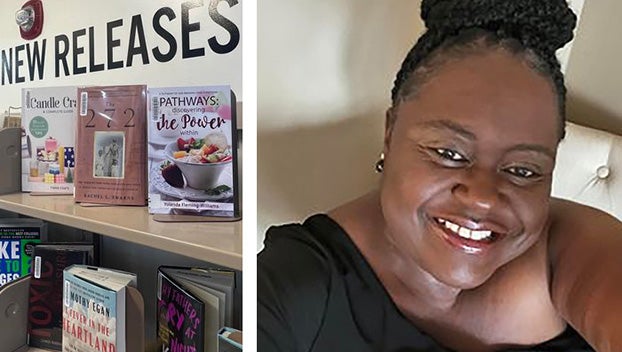LETTER TO THE EDITOR: To sandbag or not to sandbag?
Published 12:00 am Wednesday, July 17, 2019
To sandbag or not to sandbag?
That is the question for the future
Envision this: The next threatening flooding event is several days away. The Parish public works engineers know where and how many sandbags are needed. They place an order for 15,000 prefilled 6-pound sandbags that activate into super sandbags when they come into contact with any type of water. It takes three days for delivery and a team of less than 10 people one day to deploy and manage. After the flood, these new sandbags can be dried out and reused, given to the public for free, or disposed of on-site.
A few years back, the hazardous materials market began to experiment with what are basically pillowcases filled with organic and inorganic super absorbent substances. They worked well, soaked up a lot of fresh water and proved good for in home use. It was a surprise observation that these new products had the ability to redirect water flow just like a sandbag.
Outdoors we went with many new challenges. We tested durability, all types of water from salt to sewage and a world of hydrocarbon contaminates such as oil, gas and diesel. We created new capabilities from reusability to mold resistance and all the way through to the disposability. The last two years have seen incredible product developments, and the future is extremely bright.
The sandbags come in custom shapes, sizes that match your community’s infrastructure and with a plethora of sandbag casings to choose from. They include oil-eating microbes — like the ones that ate the Deepwater Horizon oil spill in amazing fashion — along with added capabilities for reforestation that can match grasses, shrubs and trees.
The haz-mat industry believes the tipping point has arrived. The cost and herculean effort by our communities to sandbag at a moment’s notice now has a serious option to consider. We know you will discover the overall costs to be less, the assured responsiveness to create a flood barrier to be greater and the financial impact of property damage to further decline.
In the light of best practices our cities and parishes should evaluate these new market’s products. Select one or two vendors through the bidding system. Issue a zero cost purchase order that details different levels of quantity buying prices: 10 units, 1,000 units, 10,000 units. Purchase a small number of these new prefilled sandbags for the public works team to begin to work with on a daily basis and get to understand the new capabilities.
From this point, the public management team and the community have harnessed these new flood market capabilities at very little cost. In the next flooding event you may choose to go 50/50 with regular sandbagging and prefilled sandbags. That will most likely be the last of your communities’ herculean sandbagging efforts, and that’s a great thing.
Mark Moore is owner of Monarch Green, a producer of sandless sandbags. He can be reached at dladuke@austin.rr.com.





